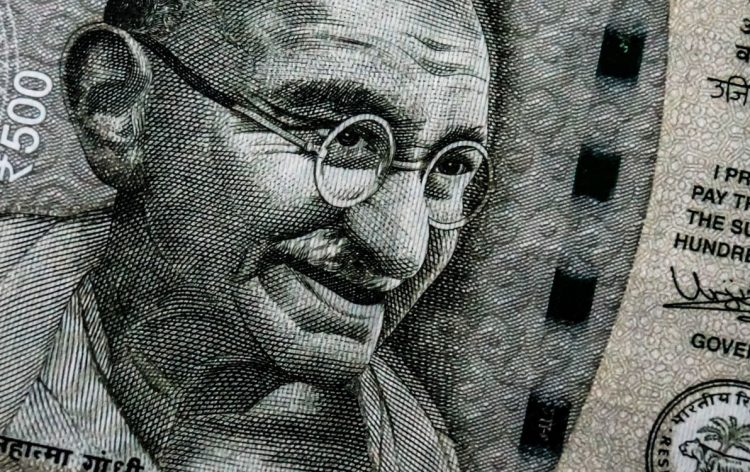Indian Rupee – Current Fluctuations and Useful Information for Traders

The Indian rupee, denoted by the symbol “₹”, is the official currency of India and is widely traded in the foreign exchange market (forex). As one of the most heavily traded currencies in the world, the Indian rupee is a popular choice among forex traders seeking to diversify their portfolios or capitalize on market fluctuations.
The reputation of the Indian rupee among forex traders has been mixed in recent years, with some viewing it as a high-risk currency due to its volatility and vulnerability to political and economic developments in India. However, the Indian government has taken steps in recent years to stabilize the currency and make it more attractive to international investors, such as easing restrictions on foreign investment and implementing economic reforms to promote growth.
In this article, we will delve more into the role of the Indian rupee in the forex market and examine current trends that traders should be aware of when trading this currency.
Rupee on Forex Market
The rupee is the official currency of India and is issued by the Reserve Bank of India. It is symbolized by “₹” and is subdivided into 100 paise. Most of FX traders make currency pairs with INR/USD, INR/EUR and INR/GBP. Currently, popular pairs are also INR/JPY and INR/CHF.
The stability of the INR on the forex market has been mixed in recent years, as it has faced a range of challenges. The value of the INR is affected by various factors, including domestic economic and political conditions, global economic trends, and interest rates. In addition, the INR has also been impacted by the COVID-19 pandemic, which has caused significant disruptions in the Indian economy.
INR is a pretty volatile currency. The INR has historically been a volatile currency, and its value can fluctuate rapidly in response to various factors, such as changes in government policies, global economic conditions, and geopolitical events. This volatility can create risks for traders who are not properly equipped to manage their positions.
Another challenge for traders who deal with the INR is the lack of liquidity. The INR is not as widely traded as some other major currencies, and this can make it difficult to find buyers and sellers at times. This lack of liquidity can also contribute to increased volatility in the market.
Despite these challenges, the INR remains an attractive currency for many traders due to its high potential for profit. In addition, the Indian economy is one of the fastest-growing in the world, and this growth is expected to continue in the coming years, providing opportunities for traders who can navigate the market successfully.
Overall, the INR is a significant player in the forex market and is likely to remain so in the future. Traders who are interested in dealing with the INR should be aware of the challenges and risks involved, but also the potential rewards that can be gained by successful trading in this market.
Current Fluctuations for Rupee
The Indian rupee experienced an increase of 24 paise in early trading in the previous week to reach 82.10, thanks to foreign fund inflows and a decline in crude oil prices. The sentiment towards the rupee was further bolstered by gains in the local stock market and weakness in the US dollar in early Asian trade. At the interbank foreign exchange market, the rupee opened at 82.12 and maintained its upward trajectory in early trading, fluctuating within the range of 82.16 to 82.10. Previously, the rupee had closed lower by 18 paise at 82.34 to a dollar on the previous week, with the forex market closed on Thursday for Ram Navami.
Foreign institutional investors have become net buyers in Indian markets following the decline of banking contagion fears. This has led to a boost in FII flows, with no further bank failures or major stress in the system. The Chief Investment Strategist at Geojit Financial Services, V K Vijayakumar, notes this as the reason for increased FII investment.
The strength of the US dollar against six currencies is measured by the dollar index. After dropping to 102.09 during early Asian trading, the index has since rebounded and is currently trading at 102.20, representing a 0.05% increase.
In addition, global oil benchmark Brent crude futures fell by 0.24% to USD 79.08 per barrel. The 30-share BSE Sensex rose by 680.56 points or 1.17% to 58,640.65 while the broader NSE Nifty increased by 191.75 points or 1.12% to 17,272.45 points on the domestic equity market front.


























Comments (0 comment(s))